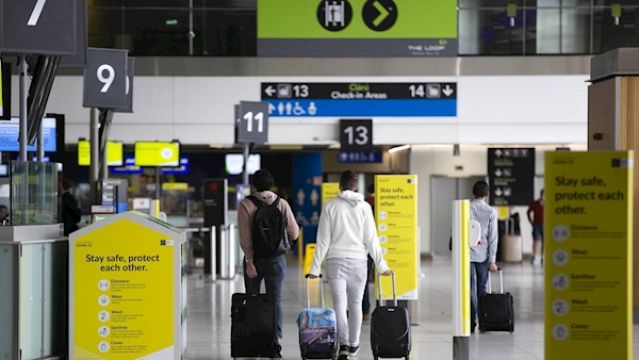The Republic of Ireland is currently operating a 14-day self-isolation period for travellers arriving into the country, but that may be set to change in the coming weeks if the Government choose to adopt the EU's 'traffic light system' for travel within European countries.
But what happened the old green list?
It is still there for now, but not for much longer. It was confirmed on Thursday that the remaining four countries left on the list (Cyprus, Finland, Latvia and Liechtenstein) will be removed from midnight on Sunday, October 11th.
If the green list didn't work, how will the traffic light system be any different?
It is true that on the surface, both systems operate under the same premise.
Ireland's green list originally planned to add and remove countries as their incidence rates went up or down, but in reality, each update saw more and more countries being removed due to rising numbers of Covid-19 both here and across the continent.
The traffic light system will work by giving European regions a corresponding colour – green, orange or red – based on data from the European Centre for Disease Control and Prevention (ECDC) regarding the prevalence of the virus in each place. It will not be up to the Irish Government to decide what colour is given to each region, with these decisions determined purely on data from the ECDC.
How are the different colours assigned in the traffic light system?
Green = 14-day incidence rate per 100,000 and a positivity rate from all Covid-19 tests of .
Orange = 14-day incidence rate per 100,000 and a positivity rate from all Covid-19 tests .
Red = 14-day incidence rate per 100,000 and a positivity rate from all Covid-19 tests of .
Grey will be assigned to countries that have not supplied sufficient data.
But what will the different levels actually mean?
Good question, and the answer is: we're not quite sure yet.
The belief is that passengers from green-rated countries would not have to quarantine on arrival in another EU country participating in the system, while travellers from orange-rate countries may have to take a Covid test before or after arriving.
Passengers from red-rated countries will probably still have to self-isolate upon arrival, but "countries would be free to determine what measures to take" according to Reuters.
When will this system be adopted?
The majority of EU countries have now agreed to adopt the system, with it being formally rolled out next week.
Ireland is likely to also sign-up, with Minister for Transport Eamon Ryan admitting on Wednesday: "The current green list is not working", but the rapidly increasing rates of the virus throughout Europe may mean that the system does not improve travel possibilities for the time being.
Despite this, Aer Lingus and Ryanair have called on the Government to adopt the system as a means of improving rates of international travel after a hellish year for their industry.







